What is “everyday creativity?”
It’s something you and I can do in the midst of our busy lives, no matter what kind of work we do. It’s something we can do in the midst of commutes and carpool, pitch decks and client meetings. It’s also something we can do in the midst of grief, chronic health challenges, or hard times of transition.
Everyday creativity is thinking about new ideas over the course of the day.
It is expressing yourself in an original way.
Or, it can be making something artistic – painting, writing, drawing, dancing, making music, etc.
A recent study looked at the impact of this kind of creativity. Six hundred young adults kept daily records of how much “everyday creativity” they engaged in – from making things to coming up with new ideas – and then reported on their moods.
Here’s what the study found: doing simple acts of creativity led to them being more energized, and to them having an increased sense of meaning and connectedness, not just in the moment of their creativity, but all the way through the following day.
As found in this study, everyday creativity has its strongest affect on two particular dimensions of our wellbeing:
One is what researchers call “high activation positive affect” – how energetic, enthusiastic, and excited one feels.
The second dimension enhanced by creativity is what researchers call “flourishing” – a measure of how much meaning, engagement, and connectedness we feel.
Doing something creative on one day had a significant affect on how much participants agreed with statements like these both on the day-of, and the following day: “Today, I led a purposeful and meaningful life;’ ‘Today, I was engaged and interested in my daily activities;’ ‘Today, my social relationships were supportive and rewarding.’
Daily creative activity had more moderate affects on calm and contentment. And interestingly, it had its smallest affect – not a statistically significant one – on states like happiness, cheerfulness or feeling pleasant.
This finding supports what artists know and often preach: creating doesn’t always make you “happy” or “cheerful” – that isn’t the point. But it does give you something deeper – a greater sense of meaning and connectedness, and a kind of energy and vitality.
Interesting to note: this study also looked at whether people with different personality types were impacted differently by everyday creativity. They were not. These positive effects on mood were universal.
So, following on last week’s post on expressive writing, this week’s practice is to tap the positive power of everyday creativity.
That can mean singing in the car on your way to work (and why not make up the song while you are at it?). It can be taking 15 minutes to journal. It can mean doodling or drawing or pulling out your kid’s paints for yourself. It can also mean doing some creative problem-solving. There are tons of options. In fact, I’ve put together 50 Simple Ways to Be Creative to help you get going. You can download it HERE.
Love,
Tara
photo credit: Jazmin Quaynor

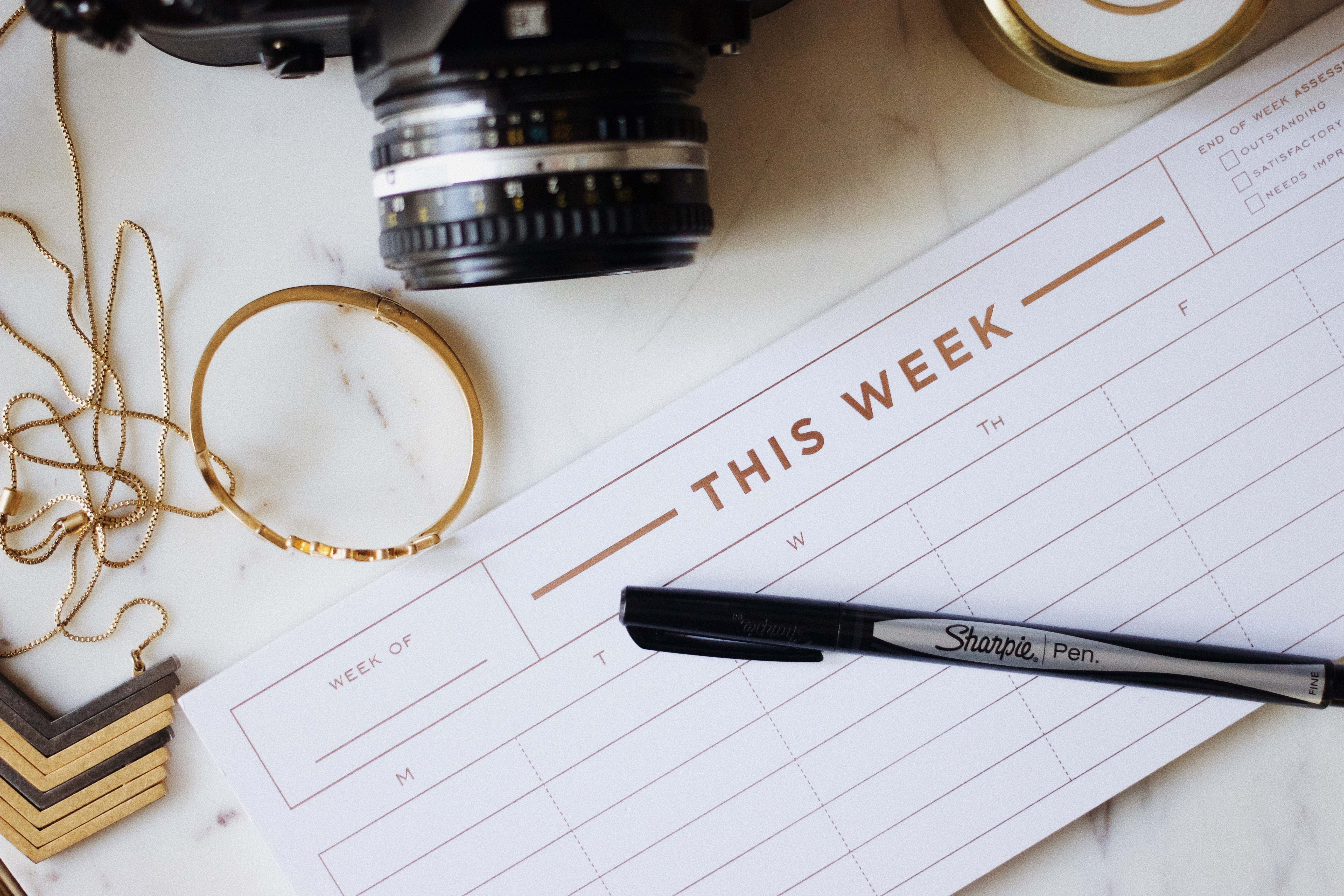

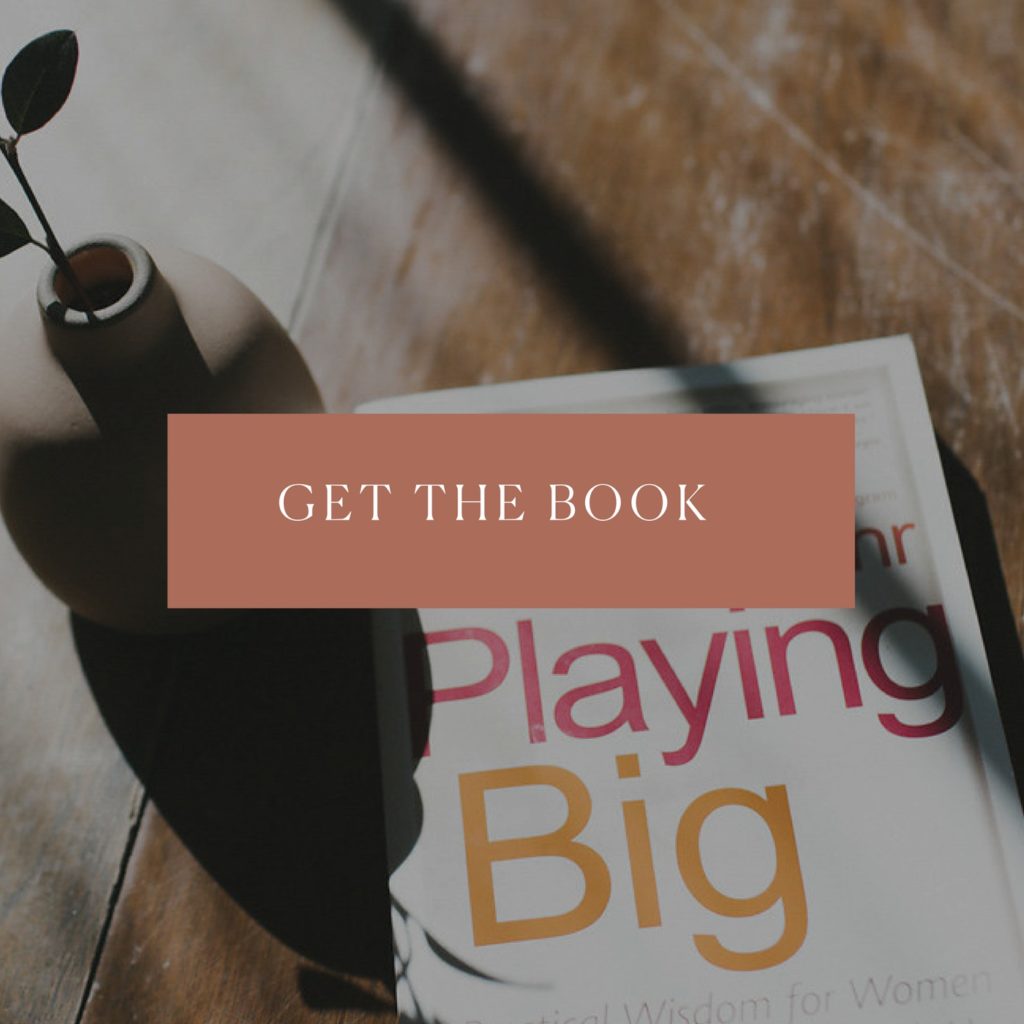
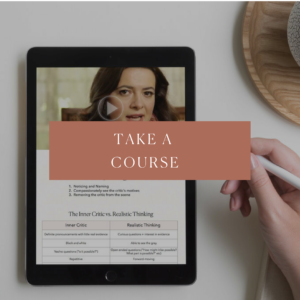
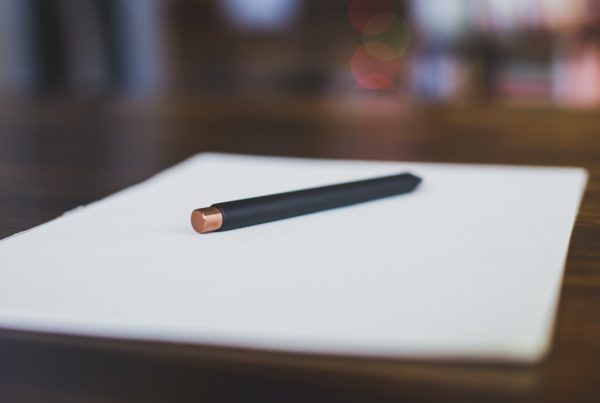
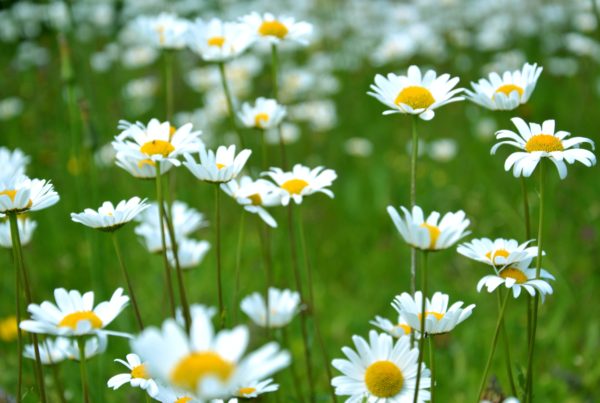
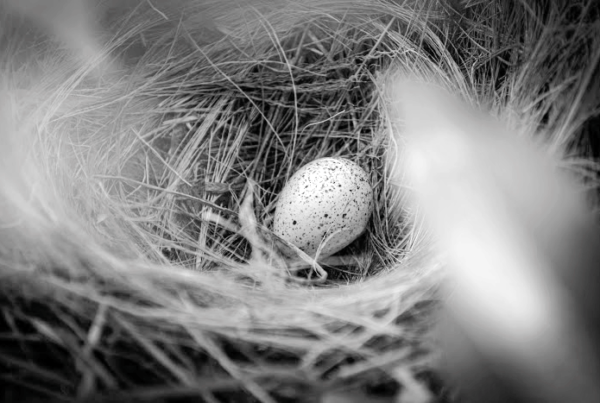
Join the discussion One Comment